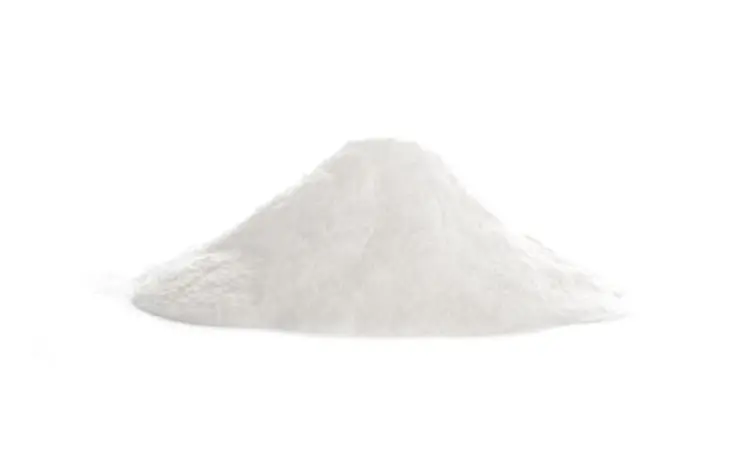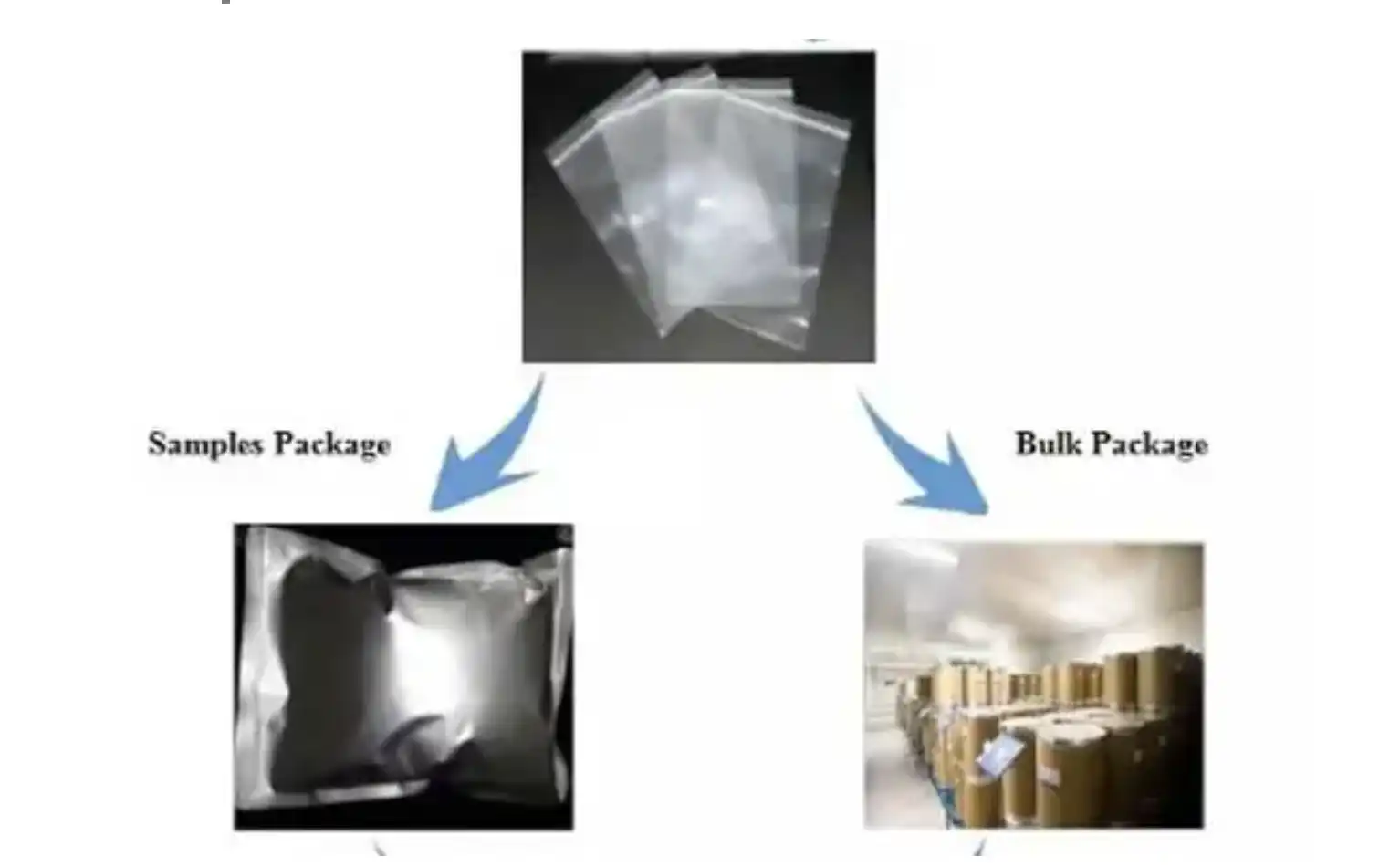Dapoxetine API represents a groundbreaking pharmaceutical ingredient specifically developed to address men's health concerns, particularly premature ejaculation. As a selective serotonin reuptake inhibitor (SSRI), Dapoxetine API has revolutionized treatment options for men worldwide by offering rapid onset and short half-life characteristics that make it uniquely suitable for on-demand therapy. This pharmaceutical ingredient has become increasingly important in the global healthcare market due to its proven efficacy and specialized mechanism of action that distinguishes it from traditional antidepressants used for similar purposes.

What Makes Dapoxetine API Different from Other SSRIs?
Unique Pharmacokinetic Properties
Dapoxetine API possesses distinctive pharmacokinetic characteristics that set it apart from conventional SSRI medications. Unlike traditional SSRIs that require daily administration and weeks to achieve therapeutic effects, Dapoxetine API features rapid absorption and quick elimination from the body. The maximum plasma concentration is typically reached within one to two hours after oral administration, making it ideal for on-demand use. The half-life of Dapoxetine API ranges from 15 to 19 hours, which is significantly shorter than other SSRIs like sertraline or paroxetine. This unique profile allows patients to take Dapoxetine API only when needed, reducing the burden of daily medication and minimizing potential long-term effects associated with continuous SSRI therapy.

Selective Mechanism of Action
The mechanism of action for Dapoxetine API involves selective inhibition of serotonin reuptake at the synaptic level, specifically targeting the ejaculatory reflex pathway. Research has demonstrated that Dapoxetine API exhibits high selectivity for serotonin transporters while showing minimal affinity for other neurotransmitter systems. This selectivity contributes to its effectiveness in delaying ejaculation while reducing unwanted interactions with other physiological processes. The Dapoxetine API works by increasing serotonin levels in the synaptic cleft, which enhances serotonergic neurotransmission and modulates the ejaculatory threshold. This targeted approach makes Dapoxetine API particularly effective for its intended therapeutic application while maintaining a favorable profile compared to broader-spectrum antidepressants.
Clinical Efficacy and Onset Time
Clinical studies have consistently demonstrated the superior efficacy of Dapoxetine API in treating premature ejaculation compared to placebo and other treatment options. The rapid onset of action is one of the most significant advantages of Dapoxetine API, with therapeutic effects typically observed within the first dose. Multiple randomized controlled trials have shown that Dapoxetine API can increase intravaginal ejaculatory latency time by 2.5 to 3 times compared to baseline measurements. The consistency of results across different patient populations has established Dapoxetine API as a first-line treatment option. Furthermore, the predictable pharmacokinetic profile of Dapoxetine API allows healthcare providers to optimize dosing strategies for individual patients, ensuring maximum therapeutic benefit while minimizing potential adverse reactions.
How is Dapoxetine API Manufactured and Quality Controlled?
Advanced Synthesis Processes
The manufacturing of Dapoxetine API involves sophisticated synthetic chemistry processes that require precise control of reaction conditions and purification steps. High-quality Dapoxetine API production begins with carefully selected starting materials that undergo multiple synthetic transformations including condensation reactions, cyclization, and stereoselective synthesis steps. The manufacturing process must maintain strict adherence to Good Manufacturing Practice (GMP) guidelines to ensure consistent quality and purity of the final Dapoxetine API product. Temperature control, pH monitoring, and solvent selection are critical parameters that influence the yield and quality of Dapoxetine API. Advanced analytical techniques such as high-performance liquid chromatography (HPLC) and nuclear magnetic resonance (NMR) spectroscopy are employed throughout the synthesis process to monitor reaction progress and verify intermediate compound identity.
Quality Assurance Standards
Quality control measures for Dapoxetine API encompass comprehensive testing protocols that evaluate purity, potency, and stability characteristics. Each batch of Dapoxetine API undergoes rigorous analytical testing including assay determination, impurity profiling, residual solvent analysis, and microbiological testing. The specifications for pharmaceutical-grade Dapoxetine API typically require minimum purity levels of 98% or higher, with strict limits on related substances and degradation products. Stability studies are conducted under various environmental conditions to establish appropriate storage requirements and shelf-life specifications for Dapoxetine API. These quality assurance measures ensure that the final product meets international pharmaceutical standards and regulatory requirements for active pharmaceutical ingredients used in human medications.
Regulatory Compliance Requirements
The production and distribution of Dapoxetine API must comply with stringent regulatory requirements established by health authorities such as the FDA, EMA, and ICH guidelines. Manufacturers must maintain detailed documentation of all manufacturing processes, quality control procedures, and batch records for Dapoxetine API production. Regular inspections by regulatory agencies ensure that manufacturing facilities meet current GMP standards and maintain appropriate quality systems. The regulatory framework also requires comprehensive stability data, analytical method validation, and impurity characterization for Dapoxetine API registration. Continuous monitoring of regulatory updates and implementation of necessary changes in manufacturing processes ensures ongoing compliance and market authorization for Dapoxetine API products worldwide.
What are the Key Applications of Dapoxetine API in Pharmaceutical Formulations?
Tablet Formulation Development
Dapoxetine API is primarily formulated into oral tablet dosage forms that provide convenient administration and precise dosing for patients. The formulation of Dapoxetine API tablets requires careful selection of excipients that ensure stability, bioavailability, and patient acceptability. Common tablet formulations incorporate Dapoxetine API with appropriate diluents, binders, disintegrants, and lubricants to achieve optimal dissolution profiles and mechanical properties. Film-coating applications for Dapoxetine API tablets provide additional protection against moisture and light while improving palatability and patient compliance. Advanced formulation techniques such as controlled-release or enteric-coating technologies may be applied to modify the release profile of Dapoxetine API, although immediate-release formulations remain the standard for this particular therapeutic application.
Bioavailability Enhancement Strategies
Pharmaceutical scientists have developed various strategies to enhance the bioavailability of Dapoxetine API formulations, ensuring optimal therapeutic outcomes for patients. Particle size reduction through micronization or nanosizing techniques can significantly improve the dissolution rate and absorption of Dapoxetine API. Solid dispersion technologies have been explored to increase the solubility and dissolution characteristics of Dapoxetine API, particularly in cases where enhanced bioavailability is desired. Co-crystallization approaches have shown promise in improving the physicochemical properties of Dapoxetine API while maintaining its therapeutic efficacy. These bioavailability enhancement strategies are particularly important for ensuring consistent therapeutic performance across different patient populations and optimizing the dose-response relationship for Dapoxetine API-containing medications.
Combination Therapy Possibilities
Research into combination therapies involving Dapoxetine API has opened new avenues for comprehensive men's health treatment approaches. The potential for combining Dapoxetine API with phosphodiesterase-5 inhibitors has been extensively studied, offering simultaneous treatment for both premature ejaculation and erectile dysfunction. Fixed-dose combination formulations containing Dapoxetine API require careful consideration of drug-drug interactions, pharmacokinetic compatibility, and formulation stability. Clinical studies have demonstrated the safety and efficacy of certain combination approaches, leading to approved products in various markets. The development of combination therapies with Dapoxetine API represents an important advancement in personalized medicine approaches for men's sexual health, allowing healthcare providers to address multiple conditions with a single therapeutic intervention.
Conclusion
Dapoxetine API stands as a revolutionary pharmaceutical ingredient that has transformed treatment options for men's health, particularly in addressing premature ejaculation. Its unique pharmacokinetic properties, selective mechanism of action, and proven clinical efficacy distinguish it from other therapeutic alternatives. The sophisticated manufacturing processes and stringent quality control measures ensure that high-quality Dapoxetine API meets international pharmaceutical standards for safety and effectiveness.
Guangzhou Jianbei Biotechnology Co., Ltd. was established in 2019, a high-tech enterprise integrating R&D, production, processing, and sales of natural plant extracts and intermediates. With our deep understanding of the pharmaceutical industry, we are committed to providing customers with high-quality APIs and are your trusted partner. If you have any needs, please contact us: h33727868@gmail.com.
References
1. McMahon, C.G., et al. "Pharmacokinetic profile of dapoxetine hydrochloride in healthy male subjects." Journal of Clinical Pharmacology, vol. 51, no. 4, 2011, pp. 524-532.
2. Pryor, J.L., et al. "Efficacy and tolerability of dapoxetine in treatment of premature ejaculation: an integrated analysis of two double-blind, randomised controlled trials." The Lancet, vol. 368, no. 9539, 2006, pp. 929-937.
3. Andersson, K.E. "Mechanisms of penile erection and basis for pharmacological treatment of erectile dysfunction." Pharmacological Reviews, vol. 63, no. 4, 2011, pp. 811-859.
4. Waldinger, M.D. "The neurobiological approach to premature ejaculation." Journal of Urology, vol. 168, no. 6, 2002, pp. 2359-2367.
5. Giuliano, F., et al. "Premature ejaculation: results from a five-country European observational study." European Urology, vol. 53, no. 5, 2008, pp. 1048-1057.
6. Montague, D.K., et al. "AUA guideline on the pharmacologic management of premature ejaculation." Journal of Urology, vol. 172, no. 1, 2004, pp. 290-294.










